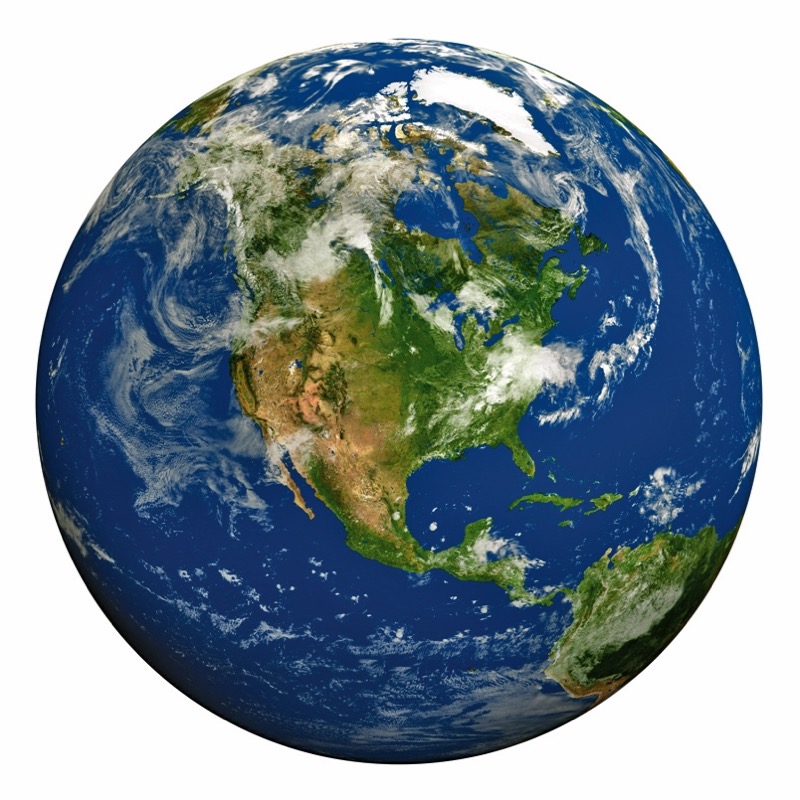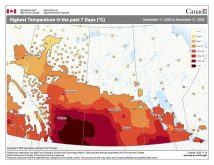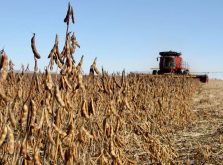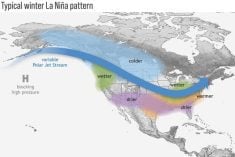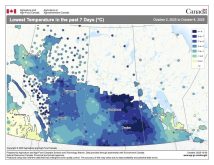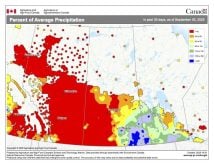Global temperatures for March show that, while much of the Prairies has been experiencing colder-than-average temperatures, most of the planet has been warm — very warm.
According to NOAA, NASA, and the European Copernicus Climate Change Service, this March was the second warmest on record. This is impressive because our planet is coming out of a cool La Niña period, which is associated with cooler-than-average global temperatures, yet this March was the second-warmest, just behind March 2016.
That record-breaking March occurred at the end of a record-strong El Niño event, which is associated with warmer global temperatures.
Read Also
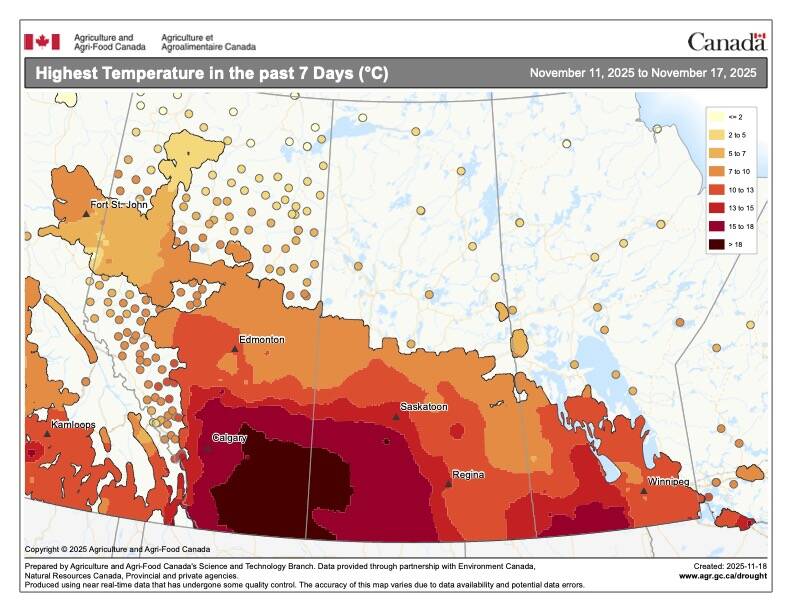
Farmer gift idea: How about a weather station?
The 2025 holiday season is looming, and a home weather station might make a great Christmas gift for farmers
So far, the first four months of 2023 rank as the fourth warmest on record, and with a strong possibility of El Niño developing later this year, the odds of 2023 coming in among the top 10 warmest years are high.
If El Niño conditions develop, there is a good chance of either 2023 or 2024 breaking the record for the warmest year. Another way of looking at warm global temperatures is by checking the number of national/territorial heat and cold records that were set. March saw 20 monthly national/territorial heat records and only six cold records.
Horizontal movement
In the last meteorology 101 class, we discussed the heating difference between land and water and tied that to the overall energy balance of our planet. This energy balance, or rather lack of balance, drives pretty much all of our weather.
Whether it is warm temperatures, rain, snow or icy cold temperatures, things are very different weather-wise depending where you are on this great planet. Different weather factors change dramatically from one location to another, but there is one constant aspect experienced by almost everyone on Earth, no matter where they live: wind.
What is wind, and more importantly, what causes it to blow? Lately, this has been one of the most common questions I receive.
There are three main categories we can use to classify winds. The first is primary winds, which consist of the general circulation of the atmosphere. Secondary winds are associated with movement of high- and low-pressure systems. The third category is tertiary winds, which include local winds such as the chinooks in Alberta.
What causes winds to blow? As with most things in our atmosphere, there is a simple answer that explains the basics, but when you get right down to it, even the reason for wind blowing can get fairly complex. We will keep things basic and discuss the four main factors.
First, let’s define what we mean by wind. After looking up literally a dozen different definitions, the one I thought best was probably the simplest: wind is the horizontal movement of air across Earth’s surface, with turbulence occasionally causing a vertical component to this movement. Sounds reasonable.
The most important force that helps drive our winds is one of the weakest forces in nature: gravity. If we didn’t have any gravity on Earth, the atmosphere wouldn’t have any weight. Without weight, the atmosphere would not compress itself and there would be no increasing density as you get closer to Earth’s surface. This would mean that without gravity, there would be no atmospheric pressure. Heck, there wouldn’t even be an atmosphere.
If you want to discount gravity and simply say it is a given, atmospheric pressure would be the top force driving the wind. Actually, it is the difference in atmospheric pressure that creates the wind, or what we call the pressure gradient force. This is what drives our wind.
The best way to think about this, in my opinion, is to picture two large pails held at the same level side by side. One pail is full of water and the other is empty. If we were to connect the two pails with a hose at the bottom of each pail, the water from the full pail would flow into the empty pail.
Why? Because there is a pressure difference between the two pails. The bigger the pressure difference, the faster the water will flow. This same analogy holds true for our atmosphere: the bigger the difference between areas of high and low pressure, the faster the air will move between them. The faster the air flows, the greater the wind speed.
That pretty much describes why we have winds, so why are there two other forces involved? As we dig deeper, we will discover that the Coriolis force complicates things by deflecting winds as they travel across the globe. Remember, I pointed out there is a basic and a complex understanding of wind? Now we are getting into the complex area.
Finally, there is that insidious force called friction, the subtle force that slowly drains energy from any and all systems. Even within the weather, there is no getting away from this sinister force.
OK, maybe I’m being a little too melodramatic. After all, without the force of friction we wouldn’t be able to shelter ourselves from the wind, and weather as we know it would not be the same.
In the next issue we will at the end of another month, so we will do our monthly weather review. I wonder if April will be warmer or colder than average?


